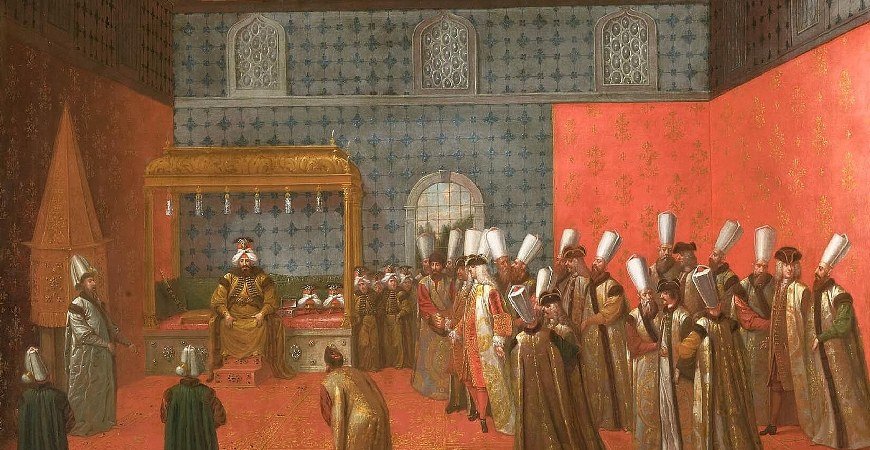The Artist Levni And His Works in Topkapi Palace Istanbul,
It is said that the great Turkish artist Levni illustrated the life of a period with his brush. In fact, it was with his portraits rather than his miniatures that he gave a new dimension to Turkish art at the beginning of the Eighteenth Century. He depicted the life of a shining period with his works as colorful as those of the Tulip period. Today in Topkapi Palace there is a treasury of Levni’s miniature paintings, each one a priceless masterpiece. Levni means ‘colourist’… And his miniatures are a garden of color, a symphony of colors. That is why he was known as Levni rather than his real name which was Abdulcelil Celebi.
Levni was born in Edirne in the second half of the Seventeenth Century and moved to Istanbul ‘when he grew up. Bewitched by the historical and natural beauty of Istanbul, he first studied music and poetry and later turned to the art of decoration and miniature painting. After a time he had no difficulty in entering the Nakishane or painting studio of Topkapi Palace. Those who had seen his artistic ability recommended him as a master gilder or book decorator to the Nakishane. On the one hand, Levni decorated book titles and bindings, and on the other, he practiced miniature painting, the art of representation. Within a short while, he made a name for himself in this branch of art.
At the beginning of the Eighteenth Century Sultan Ahmed, the Third was on the throne. Sultan Ahmed loved poetry, music, and the fine arts and he had a sadrazam called Damat Ibrahim Pasha who shared this love of art. At this time the pleasures and entertainments of Europe had begun to influence Istanbul. The Tulip period of Ottoman history from 1718 to 1730 gave way to the ‘pleasure and amusement’ period. Such a period was an unequaled opportunity for Levni, and on top of this, he had been appointed the head of the Nakishane in the Ottoman Palace. The marvelous celebrations lasting days which Ahmed the Third held for the princes recalled the pleasures of the thousand and one nights, Levni depicted them ‘with all their brilliant colors in 137 miniatures which illustrated a book on the subject by Vehbi, called the Surname. Not content with this Levni prepared the Sultans Album which is now in Topkapi Palace, and other albums depicting the way of life, clothing, and customs of the period. Levni abandoned the traditional methods and subjects binding miniature painting and opened a whole new age for this branch of art. One is immediately struck by the harmony of color, the liveliness of the figures and the perspective which gave depth to his pictures. One’s eye is guided over the entire composition instead of being drawn to one spot alone. Levni’s works are in many ways figurative pictures rather than miniatures. For example that depicting four women playing music is drawn with such expression and warmth that they are brought alive. The miniature makes one feel as if a gay tune was playing.

Leave a Reply